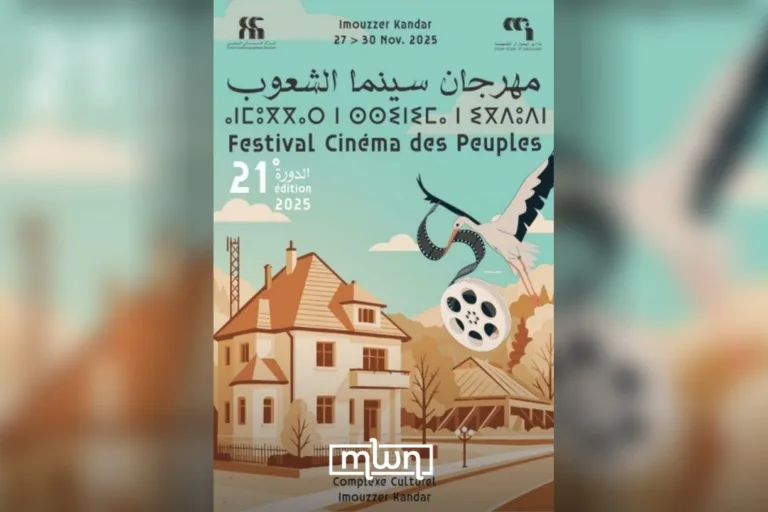As countries unite in a shared effort, the world will soon learn whether a cherished ritual will earn its place among humanity’s most treasured cultural legacies.
Marrakech – This December, the ancient art of henna will take center stage in a global cultural conversation.
The UNESCO Committee for the Safeguarding of the Intangible Cultural Heritage is set to review the candidacy of henna to be included in its prestigious List of Intangible Cultural Heritage of Humanity.
The decision will be made during the 19th session of the Committee, scheduled to take place from December 2 to 7 in Asunción, Paraguay.
Henna, a centuries-old tradition that spans across the Arab world and beyond, is not just a form of body art; it holds deep cultural, social, and ritualistic significance.
The nomination, which has been championed by 16 Arab countries, including Morocco, is presented under the title “Henna: Rituals, Aesthetic, and Social Practices.”
The aim is to secure recognition for the ways in which henna is woven into the social fabric of communities, playing a role in celebrations, rites of passage, and social bonding.
The proposal to list henna on the UNESCO heritage list has its roots in the 2019 Tan-Tan Moussem in Morocco, where civil society organizations expressed a desire to have henna formally recognized for its cultural importance.
Read also: Moroccan Cinematic Center Allocates MAD 12 Million for New Movie Theaters
The request quickly gained traction among the diverse communities at the festival, as well as among the broader group of participating countries.
As the dossier for the candidacy points out, henna is widely practiced across different genders, ages, and ethnic backgrounds, making it a symbol of shared heritage.
UNESCO’s List of Intangible Cultural Heritage of Humanity recognizes cultural practices, traditions, and knowledge that are vital to maintaining cultural diversity and sustaining human creativity.
Henna’s potential inclusion would highlight its universal appeal and the richness of the cultural practices surrounding it.
The 63 elements up for review this year, submitted by 90 countries, include 58 nominations for the Intangible Cultural Heritage list.
These practices reflect the diversity of human creativity and the myriad ways people around the world express their cultural identity.
Currently, the Intangible Cultural Heritage list includes 611 elements practiced in 140 countries, ranging from traditional music and dance to artisanal crafts and culinary traditions.
If henna’s candidacy is successful, it will join this esteemed list, helping to preserve and promote its cultural significance for future generations.
Henna’s significance goes far beyond aesthetics. From weddings to religious ceremonies, its intricate designs, often applied to the hands and feet, are imbued with symbolic meaning, representing beauty, protection, and even blessings.
















